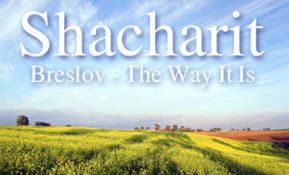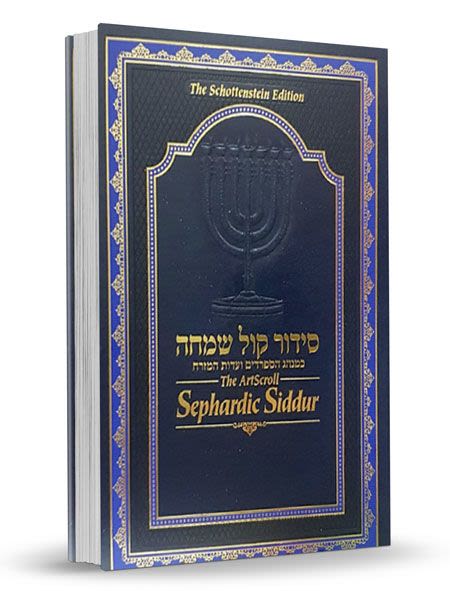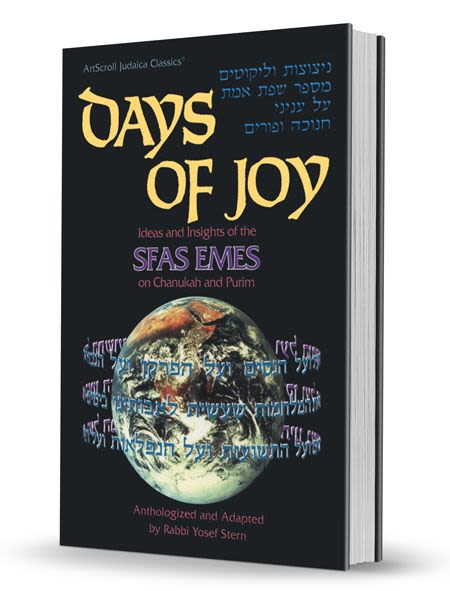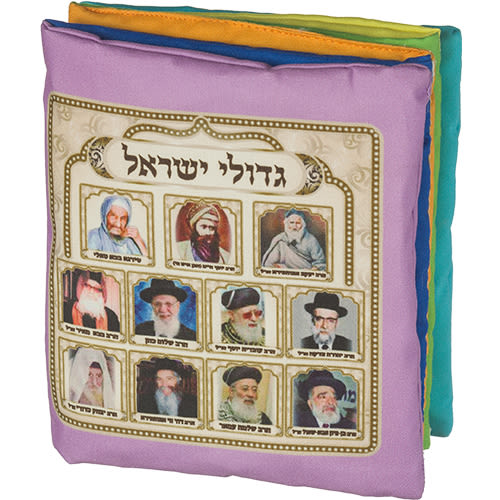
Breslev Customs for Summer
Many Breslever Chassidim study Likutei Moharan II, 67, during the Three Weeks and recite the corresponding prayer Likutei Tefillot II, 33. Some also recite this prayer on...

The Twentieth of Sivan
* On the 20th of Sivan, 1171, 34 Jewish men and 17 Jewish women were burned at the stake in Blois France, as a result of a blood libel. Rabbeinu Tam declared a fast day to mark the event. Close to five hundred years later, in 1648, 6,000 Jews in Nemirov were murdered during the Chmielnicki massacres. Many prayer books contain special prayers, Slichot, that commemorate these events.
It was customary throughout the Ukraine and Russia – including in the Breslover community – to recite selichot on the twentieth of Sivan. In recent years the custom has begun to fall into neglect. However, Reb Nosson mentions it in Likkutei Halakhot.
(See Likkutei Halakhot, Shluchin 5:36; Chovel Be-chavero 3:7, 9. The selichot for chof Sivan are printed in the Siddur Tefillah Yesharah-Berditchev and elsewhere.)
The Eighth of Tammuz
* In Uman, selichot were recited on the eighth of Tammuz, when many thousands of Jewish men, women, and children were slaughtered during the Haidamak uprisings. However, this minhag has also fallen into disuse.
* Rabbi Avraham Sternhartz would fast on the 20th Tammuz. (Rabbi Avraham Shimon Burshteyn, in the name of Rabbi Moshe Burshteyn)
The Twenty-third of Tammuz
* 23 Tammuz is the yahrtzeit of Rabbi Gedaliah Aharon Kenig, a close talmid of Rabbi Avraham Sternhartz and founder of the Tzefat Breslov community. Rabbi Gedaliah was a legend in his own time for his love of every Jew, his incredible patience and wisdom in understanding people and his knowledge of all areas of Torah, particularly the inner aspects of the Torah. He edited and published several seforim of other Breslover Chassidim, including his teacher Rabbi Avraham Sternhartz’s Tovot Zichronot and Reb Ephraim ben Naftali’s Likkutei Even / Tefillas Ha-Boker, as well as an original work, Chayei Nefesh, on the nature and role of the tzaddik.
* The 23 of Tamuz is also the yahrtzeit of the sixteenth century kabbalist Rabbi Moshe Cordovero of Tzefat, author of Pardes Rimonim, Tomer Devorah, Ohr Ne’erav, and other important mystical works – a tzaddik with whom Reb Gedaliah felt a deep lifelong affinity.
Rabbi Elazar Kenig, his brothers, and other chaveirim usually visit Reb Gedaliah’s kever on Har HaZeitim in Yerushalayim on his yahrtzeit, where they recite Tehillim and ask for mercy in his merit.
The Fifth of Av
* 5 Av is the yahrtzeit of the ARI zal (Rabbi Yitzchak Luria Ashkenazi) of Tzefat, universally recognized as the foremost master of Kabbalah by all Chassidic, Lithuanian, and Sefardic kabbalists. His teachings were written down by his close disciple, Rabbi Chaim Vital (Calabrese), and primarily consists of “Eight Gates,” including the bedrock of his teachings, the Eitz Chaim.
In Tzefat, the hillulah of the ARI zal attracts thousands of visitors from all over the world, who recite Tehillim and pray at his gravesite. It is also a widespread custom to immerse in the natural spring (known as the Ari’s Mikveh) where he was accustomed to immerse, not far from his grave in the old cemetery. The ARI zal stated that whoever did so would succeed in doing teshuvah for all his sins before he died.
(Chayei Ha-ARI zal, a Hebrew biography of the ARI zal culled from Shivchei ARI zal and other classic sources was compiled and annotated by Rabbi Avraham Abish Tzeinvirt, and published by Makhon Da’at Yosef, Yerushalayim, 1990. Chakham Ya’akov Hillel of Machon Ahavat Shalom also has published an important annotated critical edition of Shivchei ARI zal.)
The Three Weeks – from 17 Tammuz until 9 Av
* Many Breslover Chassidim study Likkutei Moharan II, 67, during the Three Weeks and recite the corresponding prayer, Likkutei Tefillot II, 33. Some also recite this prayer on Tisha b’Av, but only after chatzot, since it contains words of consolation. (Cf. Si’ach Sarfei Kodesh VI, 499)
* Breslover Chassidim dance after davening even during the Three Weeks, until Rosh Chodesh Av. The melody usually sung at this time is “Nicham HaShem Tzion.” However, beginning on Rosh Chodesh, dancing is curtailed until after Tisha b’Av. (Si’ach Sarfei Kodesh IV, 191)
* During the Three Weeks, many Breslover Chasidim are accustomed to sit on the floor every weekday at noon to recite Tikkun Chatzot, including erev Shabbat, as mentioned in Shulchan Arukh. This was Reb Gedaliah’s practice. Reb Elazar informed us that his father would have liked his disciples to do so in public, but that this was not feasible at the time.
* Like all Chassidim, Breslovers follow the opinion that there is no public display of mourning on Shabbat Chazon, the Shabbat prior to Tisha b’Av.
Tisha b’Av
* Tisha b’Av is one of the five times that Breslover Chassidim daven together at sunrise. The ‘avodah’ (literally, work) of reciting Kinnot is taken very seriously and lasts until the late morning.
* Rabbi Levi Yitzchak Bender stated that on Tisha b’Av, it is our custom to recite the berakhah “she’asah li kol tzorkhi” in its proper place in Birkhat ha-Shachar. (Si’ach Sarfei Kodesh VI, 497. Similarly, cf. Darkei Chaim ve-Shalom [Munkatch] 675.)
* The fast is broken immediately after Ma’ariv in the synagogue, prior to Kiddush Levanah. It is customary to dance after reciting Kiddush Levanah upon the conclusion of Tisha b’Av, despite the fact that most restrictions are maintained until noon of the following day. (Cf. Si’ach Sarfei Kodesh IV, 270)
* Soon after Tisha b’Av, Rabbi Elazar Kenig usually begins studying the lesson from Likkutei Moharan that he will publicly deliver on the second night of Rosh Hashanah, together with its related teachings from Likkutei Halakhot, etc. On some years he has started learning his Rosh Hashanah lesson even earlier.
A Few Breslover Sayings (Just for Good Measure)
“A bissel is oych guht . . . A little bit is also good!”
* * *
“Gott is groys, mir vays’n gohrnisht.. God is great − we know absolutely nothing!”
* * *
“Oif yedden lefel hisorerus, darf men tzu hobben a shissel ful mit hischazkus . . . With every spoonful of aspiration, one needs a pail full of encouragement!”
To be continued…
(With permission from The Breslov Center for Spirituality and Inner Growth http://www.nachalnovea.com/breslovcenter)














Tell us what you think!
Thank you for your comment!
It will be published after approval by the Editor.